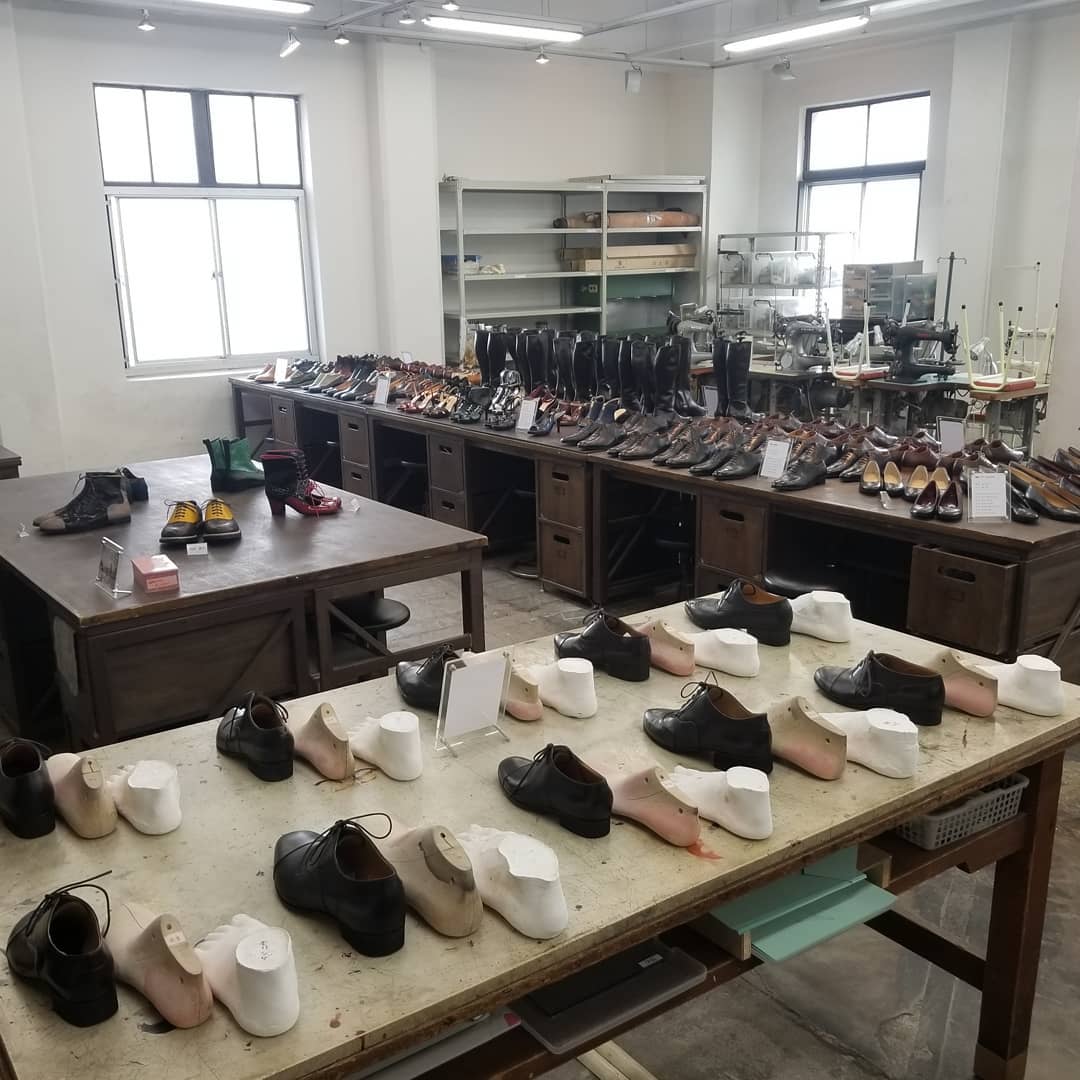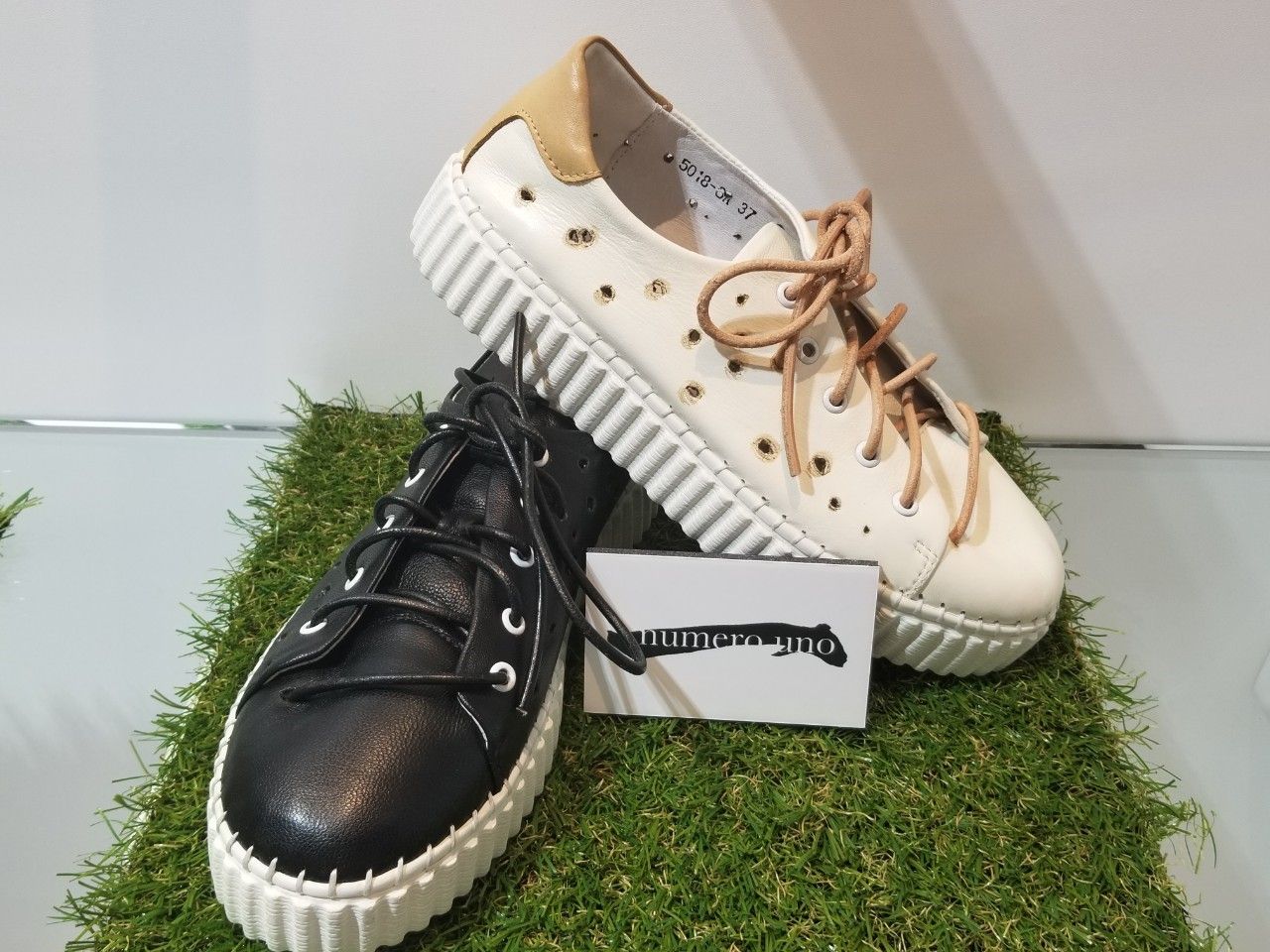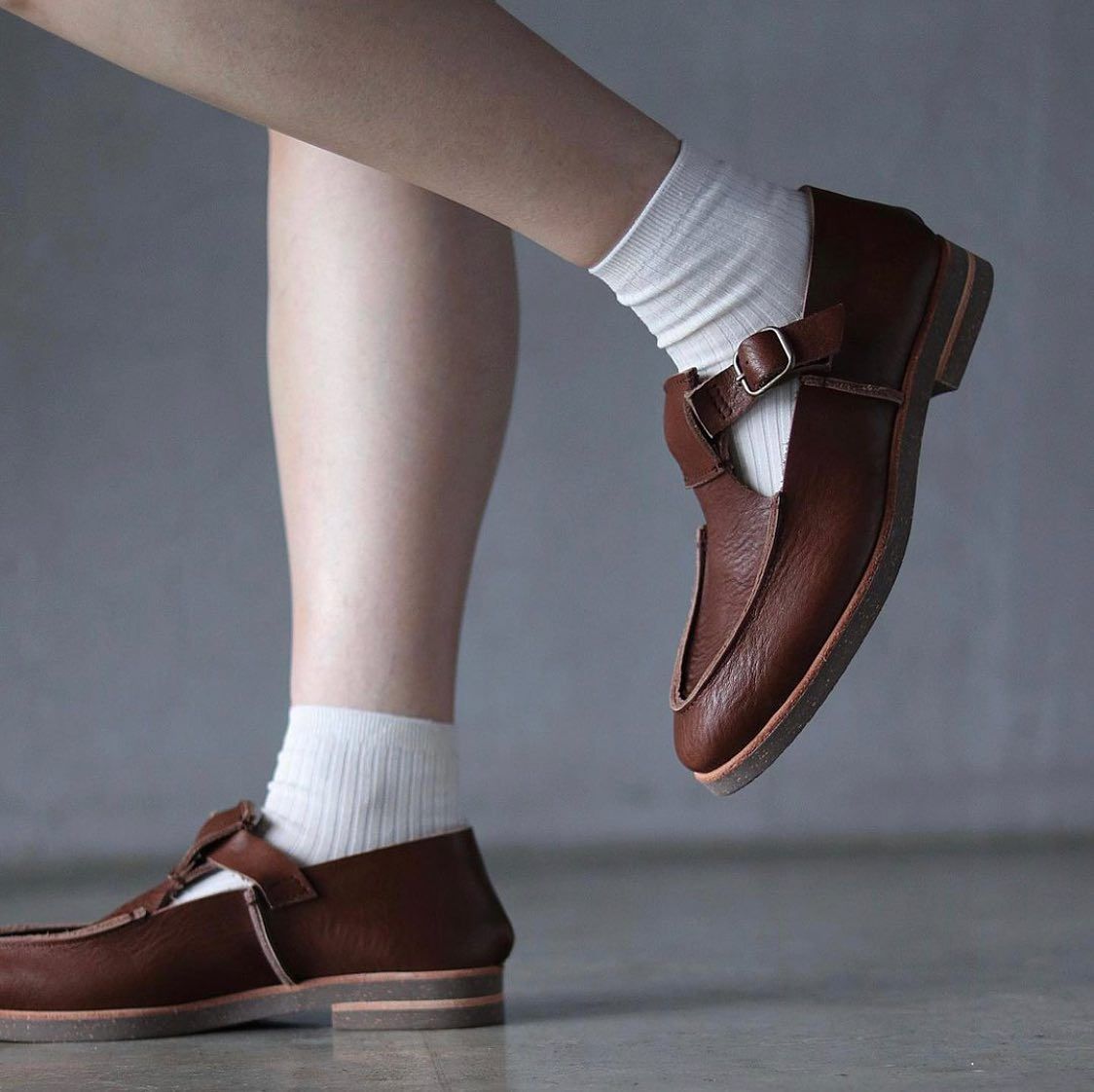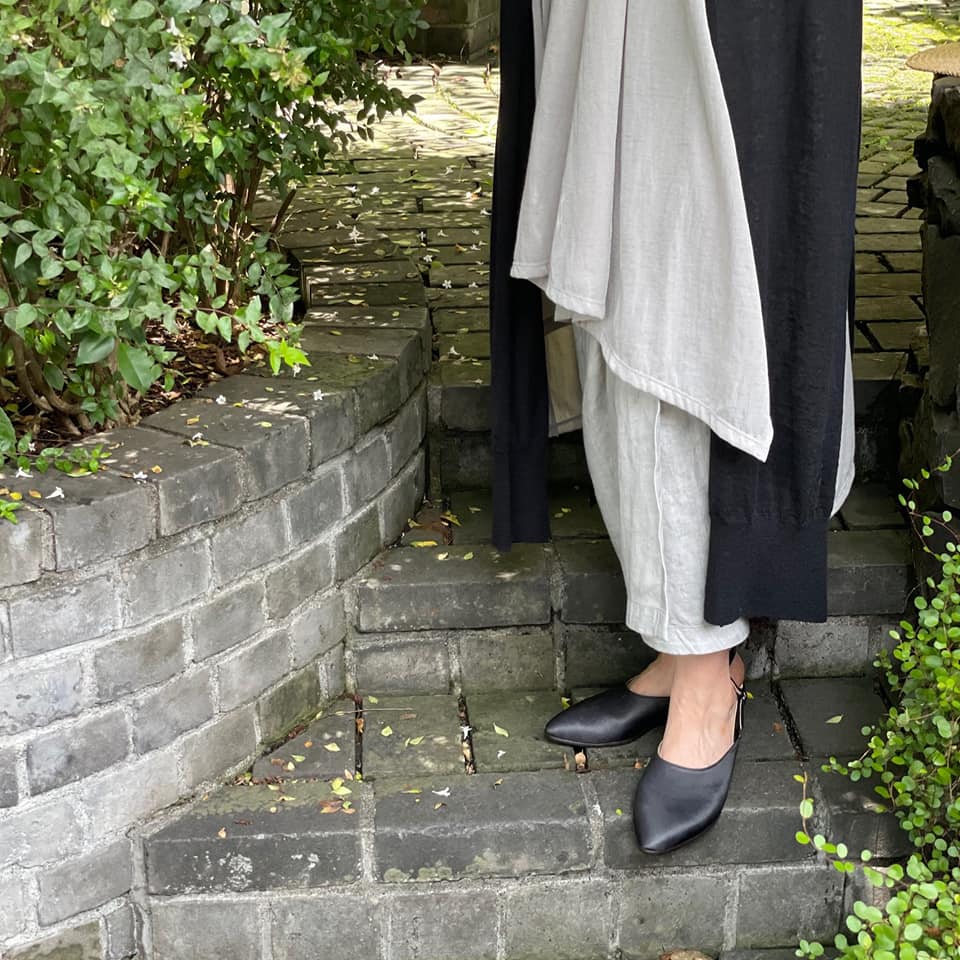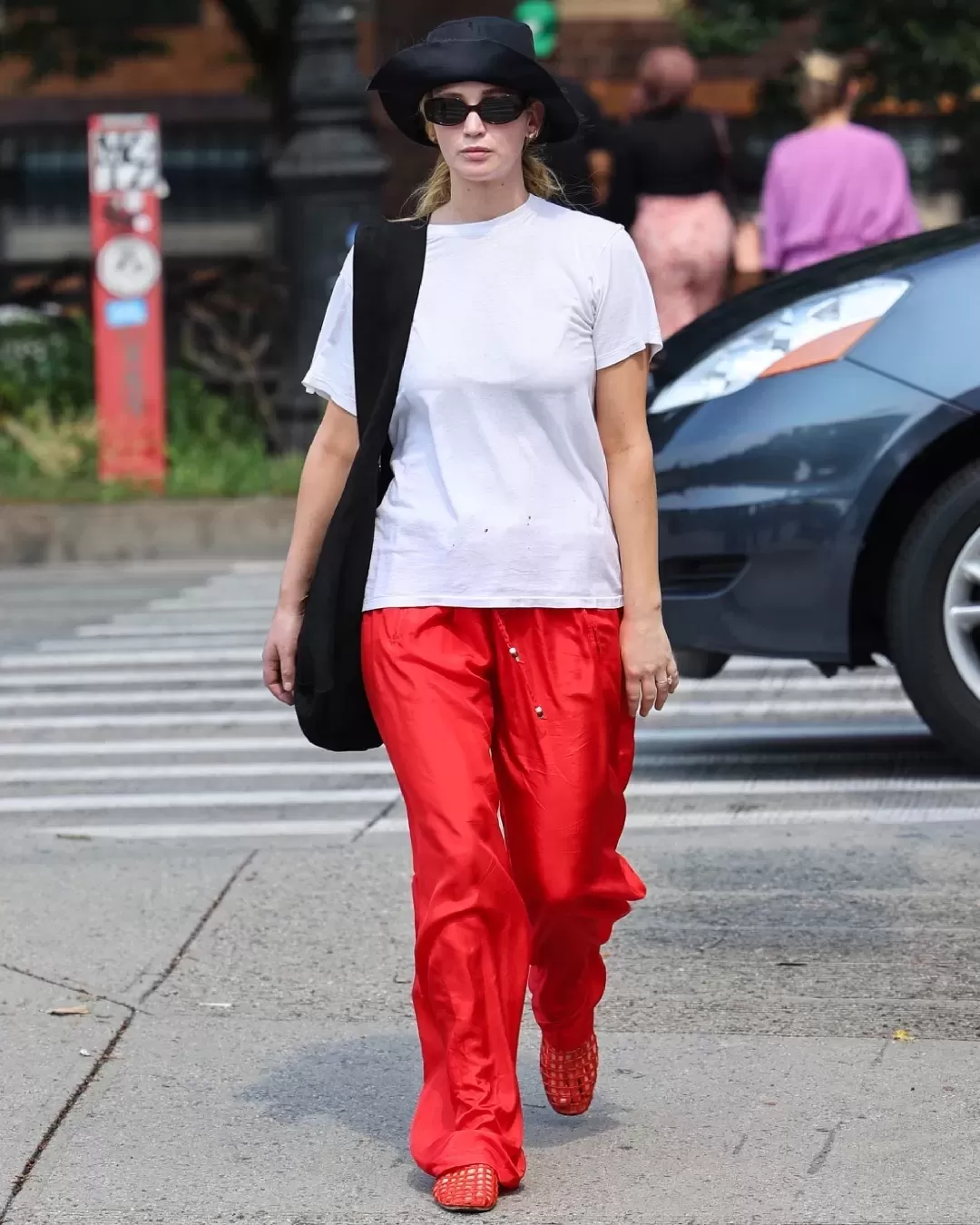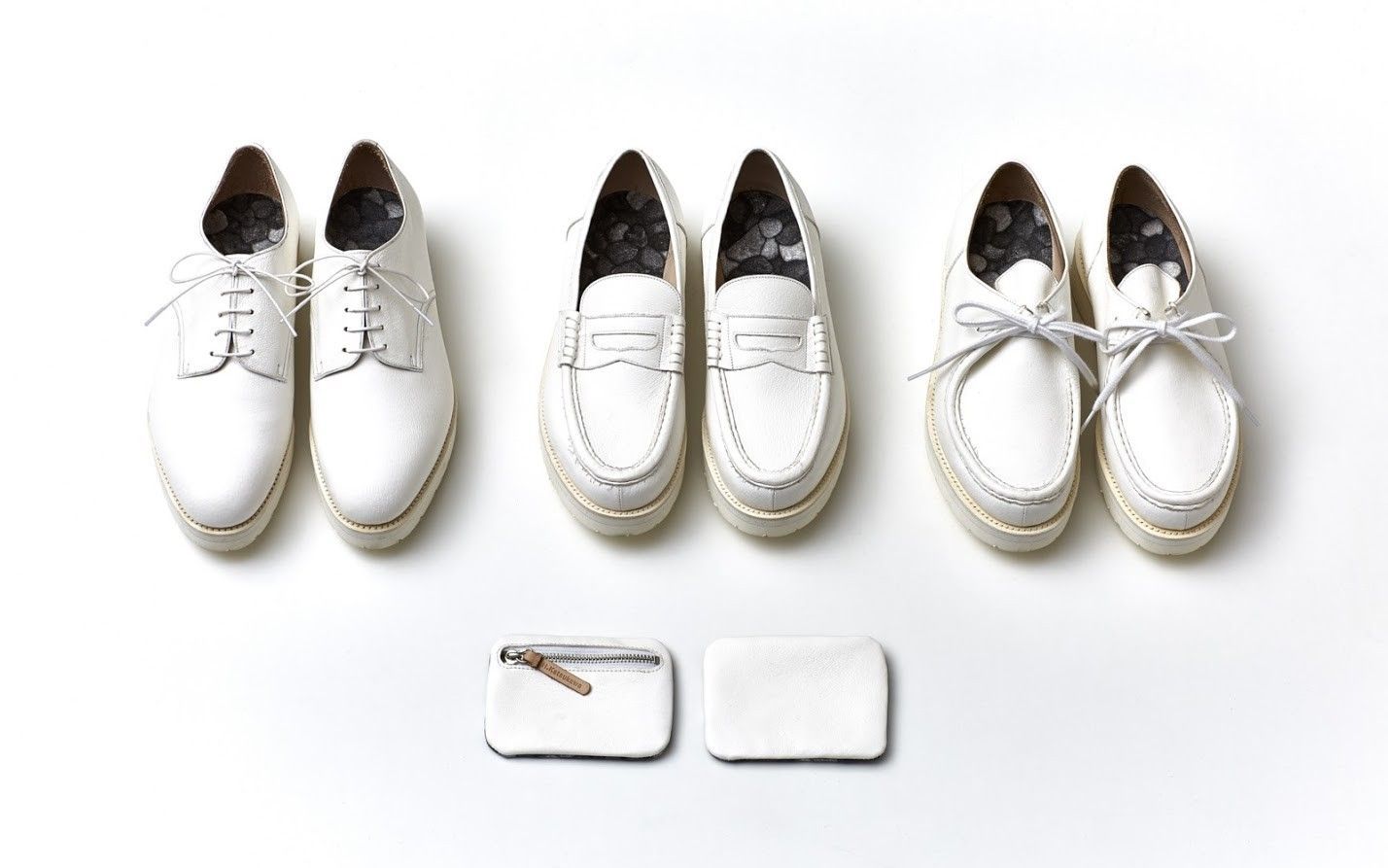
HA KI MO NO: the new project dedicated to Japanese footwear The platform halfway between innovation and traditional craftsmanship arrives in Italy
Over the past few decades, the whole world has discovered the artisanal values and savoir-faire of Japanese fashion. But if already in Europe and in the world everyone knows the quality of Japanese denim or the advanced technology behind the production of technical outwear, the quality of shoemaking of the country and its brands is still a secret for the world – fortunately it only will be for a short time. Since ancient times, Japanese artisans began to experiment with different techniques for leather processing, which then evolved to the field of all leather goods and evolving today in the artisan manufacture of leather shoes that combines cutting-edge technical innovation and traditional craftmanship.
To promote Japan's research footwear brands, therefore, Hakimono was born, a platform designed to bring the footwear culture of Japan all over the world. The brands that are part of the consortium are ten and, although each has its own distinctive identity, they are all united by three general values: sustainability, craftsmanship and functionality.
Sustainability
Although many of Hakimono's brands already have decades of history behind them, the value of sustainability remains front-and-center in their production. An evident value in the work of yuko imanishi+, a brand born in 2011 in Tokyo, whose eponymous creative director has not only created an original model of cushioning scabbard of inner insole modeled in crêpe rubber and creates its uppers with eco-friendly leather with vegetable dyes, by the same designer is Mana, a brand dedicated to women's shoes. Another brand that deals with eco-leather is O'Ric, which instead uses the Italian construction called "Bologna" which sees the lining of the shoe built on top of the shape of the shoe without cuts or seams. The brand also uses leather of animal origin, but manages its stock responsibly commensurate with customer request.
Even HARUTA, a historic brand born in Nara with almost a century of life, produces its famous moccasins in Ecopet, a material made from recycled polyester that makes the shoes lighter, but also waterproof and easily cleanable while Numero Uno uses a leather made from puffer fish, a material that is usually discarded and for which instead the founder, Ittestu Ohyama, has found a new life.
Craftmanship
Artisan values, in addition to sustainable innovation, still remain fundamental for Hakimono and for all its brands. In particular, a brand like Kyoko Sasage is a brand that has a multi-disciplinary approach to design, mixing on the one hand an artistic design inspired by the lines of nature; on the other hand, a study of biomechanics to maximize the ergonomics of the shoes and, finally, the research and processing of unique materials such as Himeji Kurozan leather, Tsugaru mother-of-pearl lacquer and Tatsumura silks but also Washi cloth, endowed with deodorizing and antibacterial properties. More minimalistic is Brightway, a brand that has been producing in Osaka for almost half a century, which not only still uses manual techniques to produce soles that adapt to the anatomy of those who use them but also rejects mass production and continues to produce only with local materials and craftsmen.
A brand that instead combines ancient craftsmanship with technology is H. KATSUKAWA, founded by the eponymous designer after his period of study in the workshop of the great English shoemaker Paul Harnden. The brand's shoes are made of Nibe leather, with an uneven texture that creates a unique visual effect and that is sewn by hand on soles already equipped with heels, creating a detail of extra thread that comes out of the sole and that has become a symbol of the designer.
Functionality
An incredible example of the union between craftsmanship and functionality is Tokyo Sandal, a brand that designs its shoes on three-dimensional models to optimize their ergonomics and then creates the sole with two layers of leather that is able to naturally stabilize the foot and is inspired by its wood folding technique usually used in the manufacture of skateboards. The designer Takumi Inomata, on the other hand, with his brand U. No. 5 has interpreted the idea of functionality as that of a universal design, composed of a piece of leather that wraps around the foot accompanying its steps and replicating universal design models – the utility therefore becomes that of the customers themselves, who can choose to customize the colors and fits of classic models decorated with a unique artisan touch and designed for life of every day. The Shisei brand, on the other hand, founded by Mariko Yamane, has developed an exclusive model of sole halfway between utility and fashion with Vibram that uses natural rubber for its plastic-free shoes and, above all, uses only leather from the meat industry, 40% of which is certified by the Leather Working Group for sustainable processing standards.















































